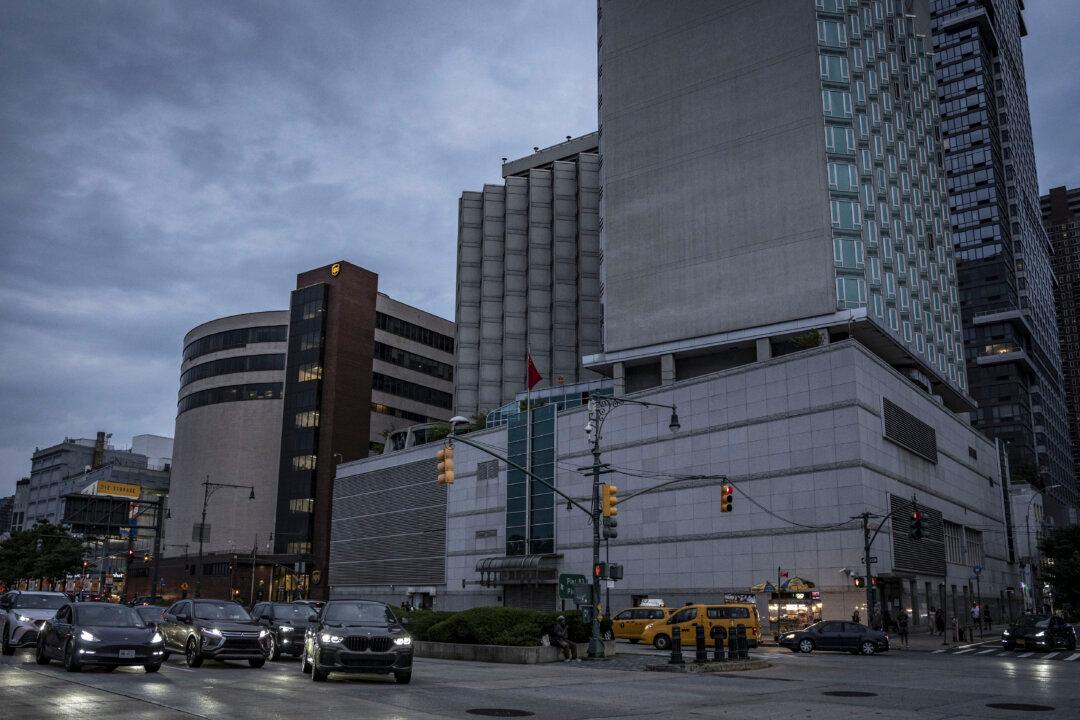Commentary
With the 2020 election season officially upon us, the Democratic candidates are all keen to distinguish themselves by what they’re promising to deliver to voters. Many, if not most of those voters, would consider themselves middle class, even though “middle class” is defined much differently today than two or three decades ago.





